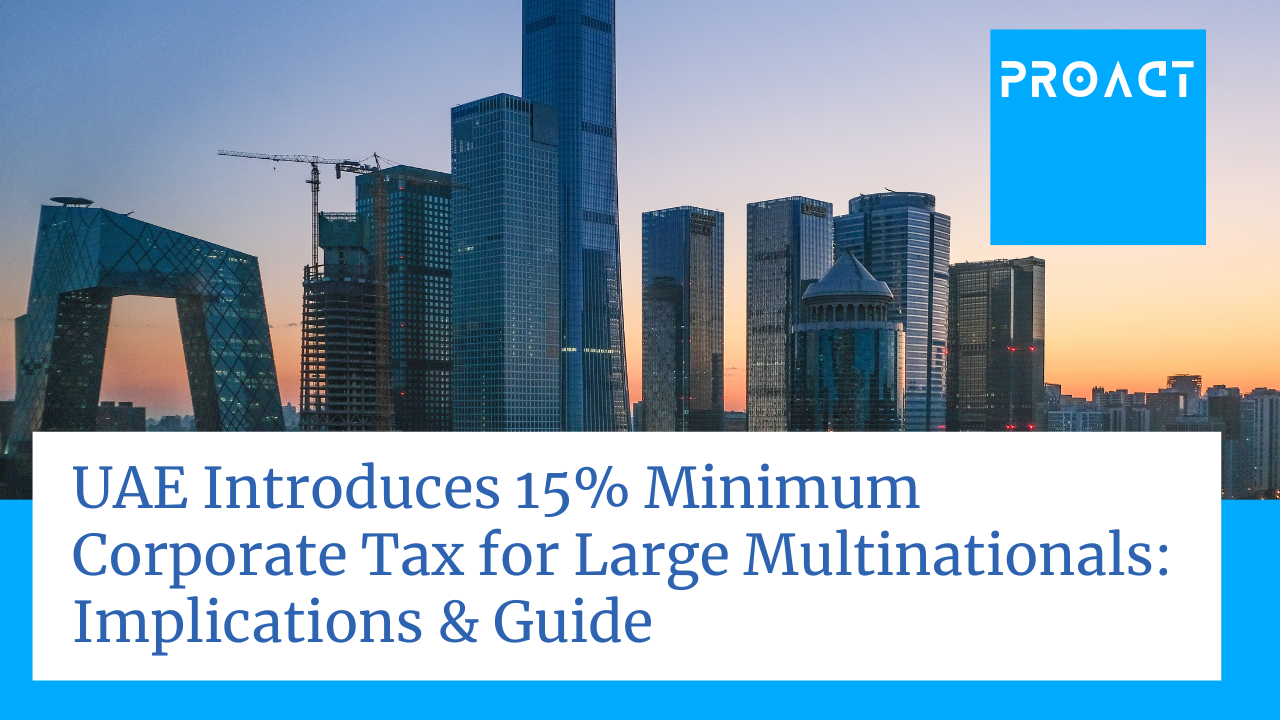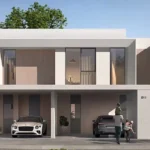Now Reading: Short-Term Rentals in Dubai: Capitalizing on the Tourism Surge in 2025
-
01
Short-Term Rentals in Dubai: Capitalizing on the Tourism Surge in 2025
Short-Term Rentals in Dubai: Capitalizing on the Tourism Surge in 2025

Table of Contents
Dubai’s short-term rental market in 2025 is poised for significant growth, with an anticipated 18% surge in rental prices driven by a booming tourism sector, projected to welcome 25 million visitors by 2026. The city’s appeal as a global hub for leisure, business, and remote work, coupled with investor-friendly policies and a thriving real estate market, creates a lucrative opportunity for property owners. With 20 million tourists in 2024 and a 30% year-on-year increase in short-term rental demand, areas like Downtown Dubai, Dubai Marina, and Palm Jumeirah are seeing 85% occupancy rates and yields up to 8–12%, outpacing long-term rentals (6–7%).
However, challenges such as regulatory compliance, seasonal fluctuations, and potential oversupply (76,000 new units in 2025) require strategic navigation. Drawing insights from Sharjah’s regulated holiday home model, this analysis outlines opportunities, challenges, and strategies to maximize returns in Dubai’s short-term rental market.
1. Opportunities in Dubai’s Short-Term Rental Market (2025)

Dubai’s tourism surge, visa reforms, and high-yield properties create a dynamic environment for short-term rental investments.
Tourism-Driven Demand
- Tourism Growth: Dubai welcomed 20 million visitors in 2024, up from 14.4 million in 2023, with forecasts targeting 25 million by 2026 per Dubai Tourism. Major events (e.g., Dubai Shopping Festival, Expo 2025) and attractions like Burj Khalifa and Dubai Marina fuel demand for flexible accommodations.
- Visitor Preferences: Tourists, digital nomads, and business travelers prefer short-term rentals for affordability, privacy, and amenities over hotels, with platforms like Airbnb and Booking.com reporting 30% demand growth in 2024.
- Visa Reforms: The Digital Nomad Visa, Golden Visa, and five-year multiple-entry tourist visa attract remote workers and long-stay visitors, boosting demand for rentals in vibrant areas like Business Bay and Jumeirah Village Circle (JVC).
High-Yield Investment Areas
- Prime Locations:
- Downtown Dubai: Home to Burj Khalifa, with 85% occupancy and nightly rates up to AED 4,480 during peak seasons (e.g., winter).
- Dubai Marina: Waterfront views and bustling nightlife, offering 8–10% yields and 12% property value growth in Q1 2025.
- Palm Jumeirah: Luxury villas and apartments fetching AED 10,000–100,000 per night, with 10–12% ROI during high-demand periods.
- Emerging Areas: JVC, Arjan, and Dubai South provide 7–9% yields with lower entry costs (e.g., AED 500K–1M apartments), ideal for mid-tier investors.
- Performance: Short-term rentals yield 20–30% higher returns than long-term leases, with 8–12% ROI in prime areas vs. 6–7% for long-term rentals.
Regulatory Support
- Licensing: Dubai Tourism’s Holiday Homes permit (AED 1,520/year) simplifies legal operations, allowing up to eight properties per owner before requiring a professional operator license.
- Tax Benefits: No income tax on rental earnings and no property tax enhance profitability, unlike many global markets.
- Flexibility: Owners can adjust pricing seasonally and reserve properties for personal use, unlike long-term leases.
Comparison to Sharjah
- Sharjah’s Model: Sharjah’s Holiday Homes Project (300+ units) emphasizes regulated, community-focused rentals with lower yields (6–8%) but fewer regulatory hurdles. Sharjah’s focus on affordability (e.g., Aljada apartments from AED 639K) contrasts with Dubai’s premium market but offers a stable hedge.
- Advantages: Dubai’s broader freehold zones, higher tourist volumes, and global brand appeal drive superior returns, though Sharjah’s lower costs (2% transfer fees vs. Dubai’s 4%) suit budget-conscious investors.
2. Challenges in Dubai’s Short-Term Rental Market (2025)

Despite its promise, the market faces regulatory, operational, and market-driven challenges.
Regulatory Compliance
- Licensing Requirements: Properties must be registered with the Department of Economy and Tourism (DET), requiring permits, safety compliance, and guest registration (e.g., passport uploads). Non-compliance risks fines or suspension.
- Tourism Dirham Fee: A monthly fee (e.g., AED 10–30 per bedroom) adds to costs, payable by the 15th of the following month.
- Community Restrictions: Some buildings prohibit short-term rentals, and gated communities require at least four villas for eligibility. Owners must notify building management, increasing administrative burdens.
Seasonal Fluctuations
- Peak vs. Off-Peak: High demand in winter (October–March) contrasts with summer dips (June–August), requiring dynamic pricing to maintain 85% occupancy.
- Impact: Summer occupancy may drop to 60–70%, reducing yields unless offset by discounts or targeting digital nomads with longer stays (e.g., 1–3 months).
Supply Pressure
- New Units: 76,000 residential units are expected in 2025, part of a 182,000-unit influx by 2026, potentially easing rental price growth but not demand.
- Oversaturation Risk: High short-term rental supply in prime areas (e.g., Downtown Dubai) could spark price wars, lowering rates and yields.
Operational Costs

- Upfront Investments: Furnishing, interior design, utilities, and maintenance increase initial costs, impacting net returns.
- Management Fees: Traditional firms charge 20–25% commissions, reducing profits (e.g., AED 5,000–6,250 on AED 25,000 monthly revenue). New subscription models (e.g., Monty Holiday’s AED 1,500/month) offer cost savings.
- Guest Management: Active marketing, guest relations, and maintenance require time or professional services, unlike long-term rentals
Comparison to Sharjah
- Challenges: Sharjah’s smaller market (AED 40B vs. Dubai’s AED 441.5B in 2024) faces less oversupply risk but lacks Dubai’s tourist volume, limiting yield potential. Stricter community regulations in Sharjah (e.g., family-oriented focus) mirror Dubai’s building restrictions but with less enforcement complexity.
3. Taxation and Cost Considerations
Federal Taxes (UAE-Wide)
- No Income/Property Tax: Maximizes net returns (8–12% in Dubai, 6–8% in Sharjah).
- Corporate Tax (9%): Applies to profits > AED 375,000 for business-managed properties; personal ownership exempt.
- VAT (5%): Applies to commercial short-term rentals (e.g., serviced apartments); standard rentals exempt.
Dubai-Specific Costs
- Permit Fees: AED 1,520/year per property, plus Tourism Dirham (AED 10–30/bedroom/month).
- Transfer Fees: 4% of purchase price (e.g., AED 40,000 on AED 1M property), higher than Sharjah’s 2%.
- Service Fees: AED 10–20/sq.ft., exceeding Sharjah’s AED 5–8.
- Management Costs: 20–25% commissions or AED 1,500/month subscriptions, plus furnishing/maintenance (AED 50K–100K upfront).
Cost Efficiency Strategies
- Subscription Models: Use firms like Monty Holiday Home for fixed fees (AED 1,500/month), saving ~AED 57,000/year vs. 25% commissions.
- Longer Stays: Target digital nomads for 1–3-month leases to stabilize summer occupancy, as in Sharjah’s family rentals.
- Personal Ownership: Avoid corporate tax by holding properties personally.
- VAT Management: Pass VAT to commercial tenants or register with the Federal Tax Authority if income exceeds AED 375,000.
4. Strategies to Capitalize on the Tourism Surge
Drawing from Sharjah’s regulated, community-focused model, investors can optimize returns in Dubai’s short-term rental market.
Investment Strategies
- Target High-Demand Areas:
- Prime: Invest in Downtown Dubai, Dubai Marina, or Palm Jumeirah for 8–12% yields and AED 10,000–100,000/night rates during peak seasons.
- Emerging: JVC or Dubai South apartments (AED 500K–1M) for 7–9% yields and lower entry costs, appealing to mid-tier tourists.
- Example: A 1-bedroom Downtown apartment (AED 1.5M) yields AED 120K–180K/year at 80–85% occupancy.
- Leverage Off-Plan Properties:
- Focus on Furnished Units:
Operational Strategies
- Dynamic Pricing:
- PropTech Integration:
- Professional Management:
Sustainability Strategies
- Eco-Friendly Features: Install energy-efficient appliances and solar panels, as in Sharjah Sustainable City, to attract eco-conscious travelers and cut utility costs by 20–30%.
- Community Appeal: Target properties in lifestyle-oriented areas (e.g., JVC, DAMAC Hills) with vibrant amenities, mirroring Sharjah’s family-focused Aljada.
- Alignment with Net-Zero 2050: Invest in properties supporting Dubai’s 75% renewable energy goal, ensuring long-term value.
Risk Mitigation
- Monitor Supply: Track DLD data and Dubai REST app to assess absorption of 76,000 new units, adjusting pricing if oversaturation emerges.
- Diversify Portfolio: Balance short-term rentals in Dubai with long-term or Sharjah investments (e.g., Aljada apartments, 6–8% yields) to hedge correction risks.
- Regulatory Compliance: Ensure DET permits, guest registrations, and insurance to avoid fines, as emphasized in Sharjah’s Holiday Homes Project.
- Engage Experts: Consult firms like Elite Merit Real Estate or PropertyPro for market insights and compliance
WATCH MORE: https://www.youtube.com/watch?v=nqpGI7b929s
READ MORE: Luxury Villas in Dubai: Meeting the Soaring Demand in 2025



















